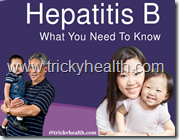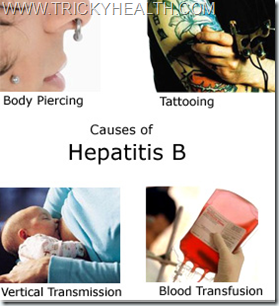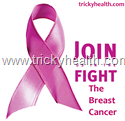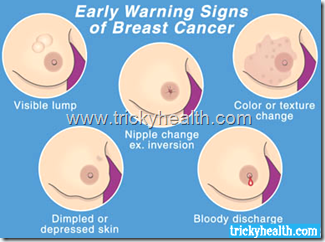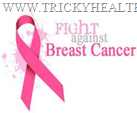In our last article on health care education, we learned ab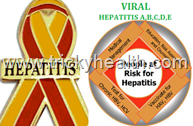 out Viral Hepatitis and various types of these viruses. Now In this article, we are going to explain the diagnosis and health care tips for the prevention of these viruses. If you still not read our previous medical education article on Viral Hepatitis and Its Types then you can CLICK HERE to read that one.
out Viral Hepatitis and various types of these viruses. Now In this article, we are going to explain the diagnosis and health care tips for the prevention of these viruses. If you still not read our previous medical education article on Viral Hepatitis and Its Types then you can CLICK HERE to read that one.
 out Viral Hepatitis and various types of these viruses. Now In this article, we are going to explain the diagnosis and health care tips for the prevention of these viruses. If you still not read our previous medical education article on Viral Hepatitis and Its Types then you can CLICK HERE to read that one.
out Viral Hepatitis and various types of these viruses. Now In this article, we are going to explain the diagnosis and health care tips for the prevention of these viruses. If you still not read our previous medical education article on Viral Hepatitis and Its Types then you can CLICK HERE to read that one. Medical Education on Diagnosis of Viral Hepatitis:
Clinically all these viruses cause hepatitis and cannot be distinguished only by symptoms but by simple blood tests. Most of these lab tests are ELISA based.
* Chronic viral hepatitis may present differently depending on, whether liver cirrhosis and/or liver cancer is existing. Important manifestations are fatigue, weight loss, jaundice, swelling of legs and abdomen, anorexia, fever, arthritis, coma and gastro-intestinal bleeding. These patients, in addition, may present with symptoms related to kidney, joints or skin.
* Chronic viral hepatitis B and C are among the most common cause of liver cirrhosis and liver cancer (HCC), globally. Hepatitis B alone causes over 50 percent of all liver cancers and 33 percent of all liver cirrhosis, globally. Liver cancer (HCC) is a highly malignant tumor with aver-age survival of 3-6 months.
However, if diagnosed early by imaging modalities and blood tests, patients may be cured by liver surgery which includes liver transplantation. This facility is available across many hospitals in India as well all over the world.
Various Health's caring Prevention to save yourself from these Viruses:
1). General Prevention that we should take care: Simple measures like proper chlorination of water, boiling of water, replacing damaged or leaking sewerage pipes, ensuring safe and hygienic drinking water supply at all times can prevent infection.
2). Medical Treatment Prevention: The hepatitis A infection can also be prevented by hepatitis A vaccine. The first dose is followed by a second dose after six to 12 months. This is a safe vaccine and is highly effective, with protective antibodies being formed in over 95 per cent of vaccinated people. Combination of hepatitis A and B vaccine is also commercially available. Besides children, it is also recommended for:
- Patients with pre existing liver disease like cirrhosis.
- Those travelling to a highly endemic area.
- People who have an occupational hazard for expo-sure to hepatitis A virus.
- Hepatitis E vaccine was launched in China last year.
Three doses—at day 0, one month and six months — are given intramuscularly, in the arm. Hepatitis E vaccine is safe in pregnancy. Its efficacy in preventing hepatitis E infection for the last three years has already been shown. This vaccine will especially be useful for patients with a pre-existing liver disease like cirrhosis, in which hepatitis E can cause a ACLF. Hepatitis E vaccine is still not available in India and most of the world.
3). Blood-borne hepatitis can be prevented by safe medical and surgical practices, by screening all blood donors for HBV, HCV and HIV, refusing blood donation from commercial/professional donors, using disposable and sterilised needles and syringes, avoiding recycling of needles, syringes and other medical equipment, avoiding sharing of needles/syringes among IVDU, taking proper precautions during haemodialysis, and vaccinating all pregnant women.
In fact, WHO recommends universal hepatitis B vaccination for everybody. If a family member tests positive for hepatitis B or C infection, following precautions should be observed:
Avoid sharing safety razor, razor blades.
Avoid sharing hair brush, comb, nail cutter and clipper.
Practice safe sex.
Avoid alcohol.
Don’t be a blood donor.
Have a regular medical follow-up to ensure that the disease does not progress to cirrhosis and liver cancer.
As we all know that prevention and cure is the most important factor to get recover from your sickness. So dear reader Continue your visit with us on to the path of medical Health Education.


